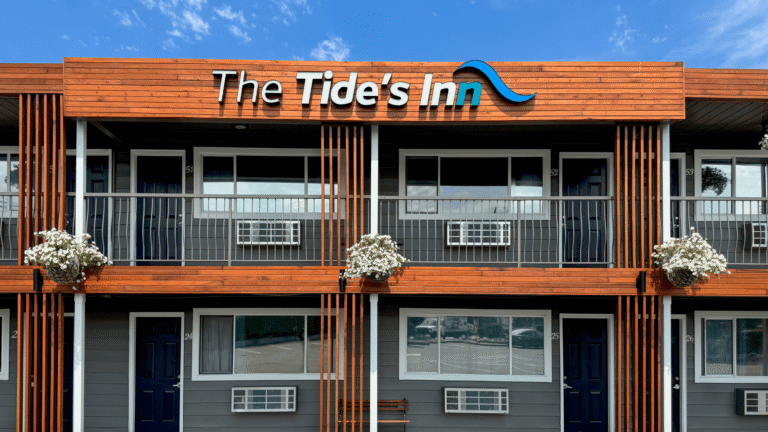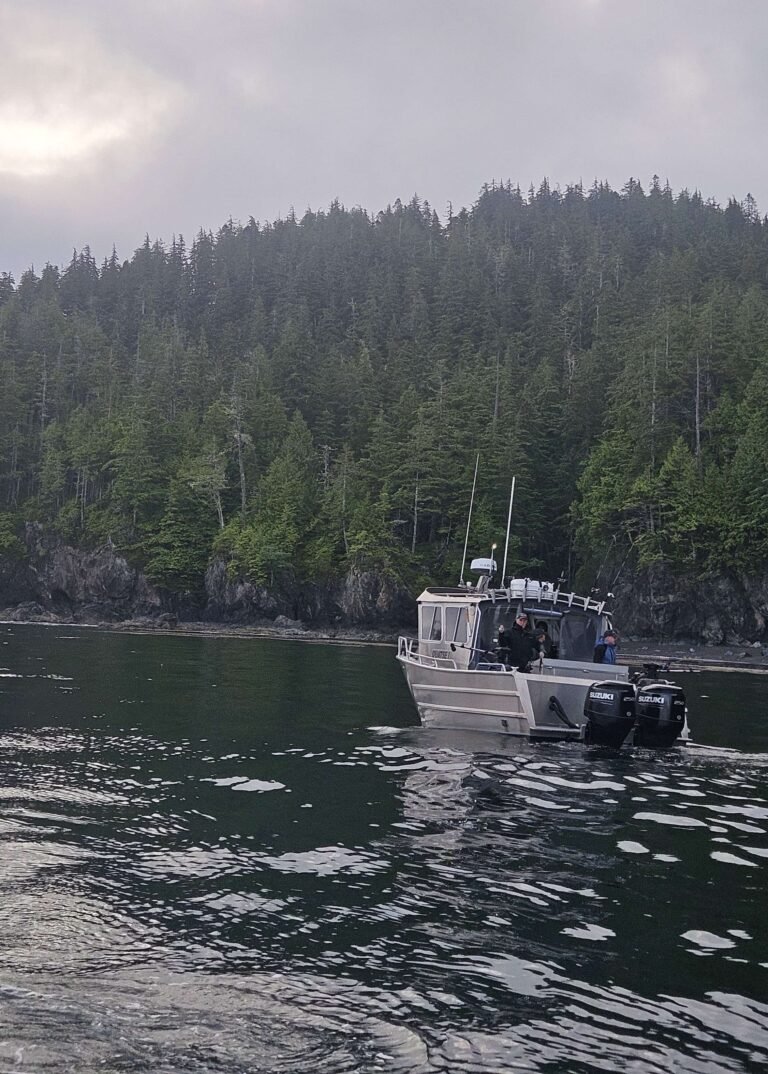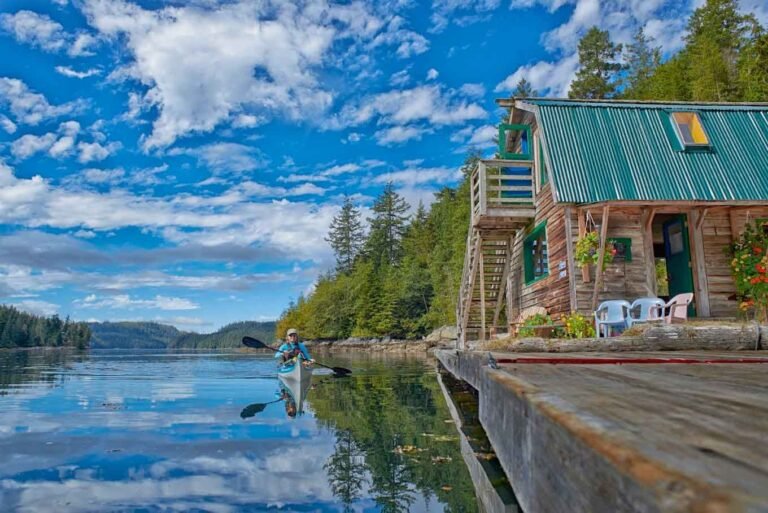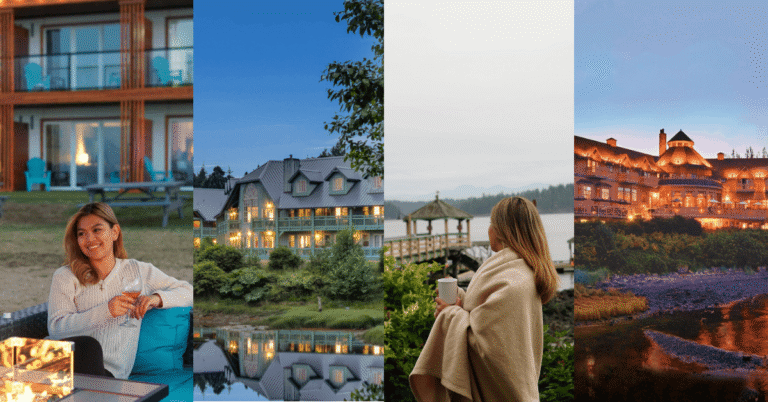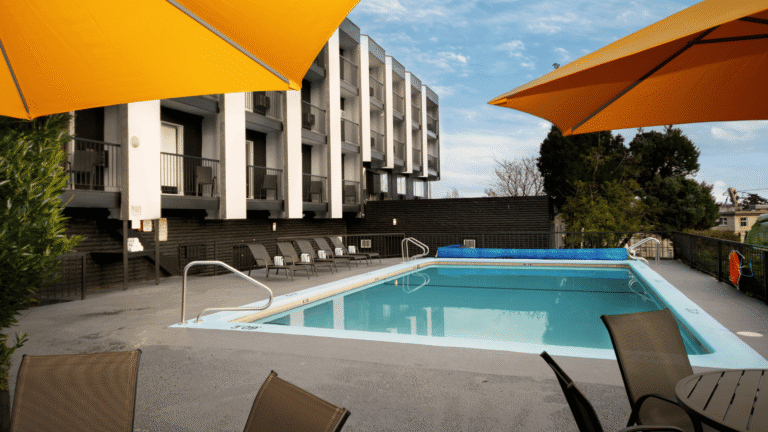Enveloped by islands and Hecate Strait on the east coast of Haida Gwaii, formerly the Queen Charlotte Islands, the mountainous Louise Island is home to the ancient Haida village of Skedans, and one of the largest displays of totem poles in these mystical islands.
Louie Island is named after Princess Louie, fourth daughter of Queen Victoria and wife of the Marquess of Lorne, Governor General of Canada from 1878 to 1883.
Louise Island is approximately 15 miles (24 km) long and 2 miles (3 km) wide for a total area of 105 square miles (272 square kilometres). Mount Carl is the highest point on the island, rising to 3,550 ft (1,082 m).
Location: Located in the South Moresby Archipelago, Louise Island is separated from the east coast of Moresby Island by the steep forested slopes of Carmichael Passage, bordered by Cumshewa Inlet to the north, Hecate Strait to the east, and Selwyn Inlet to the south. Access to Louise Island is by boat or kayak from Sandspit in the north and Moresby Camp to the northwest.
The Haida Gwaii islands are accessed by ferry from Prince Rupert to the Skidegate Landing Ferry Terminal on Graham Island, by air from Vancouver to Sandspit on Moresby Island (770 km), and by air from Prince Rupert to Sandspit. Other commercial air services (including float planes and helicopters) are available at Sandspit, Queen Charlotte City and Masset. A 20-minute ferry ride connects Graham and Moresby Islands.
The ancient Haida village of Skedans is located on the northeast shore of Louise Island at the head of Cumshewa Inlet, backed by a high rocky cliff and surrounded by the rich waters of Hecate Strait. The village was built on a small peninsula facing south onto Skedans Bay, a perfect location for an ancient nation so dependent upon resources from the sea. Called Koona (Q’ona) by the Haida, the name Skedans is a corruption by early fur traders of the name of the head chief, Gida’nsta, meaning from his daughter. Skedans suffered greatly from smallpox and other European diseases, which greatly reduced their number to the point where the villagers were forced to leave in the late nineteenth century.
Haida Nation: In the mid-1800s approximately 450 Haida lived here, in about 26 longhouses. An 1878 survey records 56 pieces of monumental sculpture, including frontal poles, single and double mortuary poles, memorial poles and mortuary figures. Though most of the sculptures have now returned to the earth or been removed, K’uuna ‘llnagaay, as it is known to the Haida, is one of the few remaining village sites with standing totem poles and remnants of large longhouses. A Haida Watchman will lead you on a path winding through the old village, which allows you to wander through the site and appreciate the artistry of the poles now in varying stages of decay. A scale model of Skedans is exhibited in the Royal British Columbia Museum in Victoria.
New Clew, another uninhabited Haida village, is located on Cumshewa Inlet, on the north shore of Louise Island.
Remains of old logging equipment and old roads built from sawn logs can be viewed near Mathers Creek, signs of a logging camp that operated through World War II to supply spruce for aircraft construction. A hatchery program is operated at Mathers Creek by the Pallant Creek Hatchery near Moresby Camp. The creek offers good fishing for salmon, steelhead and trout.
There is an active logging operation at Beattie Anchorage on the northwest shore of Louise Island, with logs stored in offshore log booms.
Across Cumshewa Inlet from Louise Island is Cumshewa Village, another ancient Haida village left to return to nature.
Between Moresby Island and Louise Island is Carmichael Passage, with its steeply forested slopes, and Louise Narrows, a narrow passage that dries at low tide, and carries about 20 feet of water at high tide. Boaters cautiously navigate the strong current through the narrows at highwater slack.
Laskeek Bay is an expanse of water open to Hecate Strait on the east coast of Louise Island, north of Lyell Island. Within the bay are the Skedans Islands, Limestone Islands, and Reef Island, all designated as wildlife management areas. Reef Island is the largest of the islands, bordered by cliffs and steep slopes, and the primary nesting site in the bay for the globally significant population of Ancient Murrelets. The smaller islands in the bay range from generally flat to hilly with steep rocky gorges, and are sparsely forested. Hair seals and Northern sea lions use the islands of Laskeek Bay as haul out and breeding sites. Skedans and Reef Islands are favoured by the Northern sea lion. These marine waters provide important seasonal feeding and staging areas for marine birds, in particular the nationally threatened Marbled Murrelet.
The impact of introduced predators on breeding populations of seabirds can be swift and devastating, including raccoons, which are able to cross stretches of open water. On East Limestone Island, and on adjacent coasts of nearby Louise Island, raccoons were controlled by shooting in 1992 (BC Ministry of Environment), and have been culled periodically since then, accounting for the stabilization of the Ancient Murrelet population on East Limestone Island.
To the northwest of Louise Island is Moresby Camp, an old logging site with the closest road access to Gwaii Haanas National Park. Moresby Camp serves as a floatplane departure spot for those venturing into the park.
To the north of Louise Island is the hamlet of Sandspit, located on the northeastern tip of Moresby Island. The only settlement on Moresby Island, Sandspit lines both sides of the low-lying spit of land protruding into Hecate Strait that houses the airstrip, the main airport for Haida Gwaii, formerly the Queen Charlotte Islands.
Circle Tours: See the best of Northern BC and Haida Gwaii on one of the Circle Tours that capture the wonders of the north. The Inside Passage Circle Tour and the Native Heritage Circle Tour include Haida Gwaii by catching a ferry from Prince Rupert to Haida Gwaii (formerly the Queen Charlotte Islands).
Circle Tours in British Columbia.


